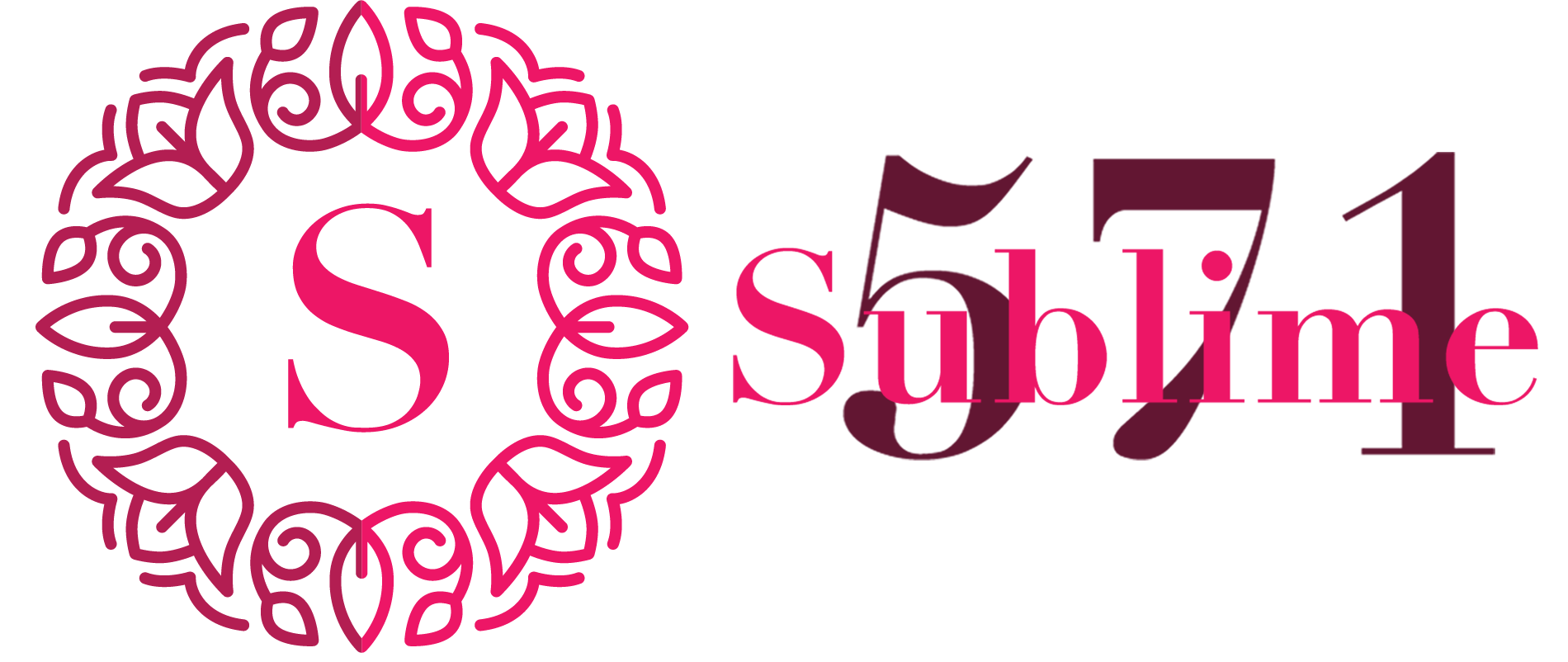Mandatory Statements
Dysport®
Dysport® is a prescription medicine for the treatment of frown lines, horizontal forehead lines and crow’s fee round the eyes. Dysport has risks and benefits. Ask your doctor is Dysport is right for you. If you have side effects see your doctor. You will need to pay for Dysport, and clinic fees will apply. For details on precautions & side effects consult your healthcare professional or the Consumer Medicine Information (CMI) at www.medsafe.govt.nz Dysport lasts about 4-6 months and further courses of treatment may be necessary. Should only be administered by trained medical professionals. Contains 500 units of clostridium botulinum Type A toxin. Galderma (NZ) Limited, Auckland.
Xeomin®
Xeomin® is a Prescription Medicine containing 50, 100 units of incobotulinum Type A, purified Botulinum toxin type A complex for injection. It is used for the treatment of frown lines on the forehead, lateral periorbital lines and horizontal forehead lines in adults. It should be administered only by trained medical professionals. Talk to your specialist about the benefits/risks of this procedure in appearance medicine. Xeomin treatment lasts about four months and further courses of treatment may be necessary. Cautions: people receiving blood thinning medicines, care at the proposed injection sites, pregnancy and lactation. Possible side effects: headache, pain, swelling or infection at injection site, local muscle weakness including drooping eye lids, lack of feeling & nausea. Treatment last for up to 4 months.
Botox®
Botox® is a prescription medicine for the treatment of frown lines , horizontal forehead lines and crow’s feet round the eyes. Botox® has risks and benefits. Ask your doctor if Botox is right for you. If you have side effects, see your doctor. You will need to pay for Botox® and clinic fees will apply. For details on precautions & side effects consult your healthcare professional or the Consumer Medicine Information (CMI) at www.medsafe.govt.nz . Botox® treatment lasts about 4 months and further courses of treatment may be necessary. Should only be administered by trained medical professionals. (contains botulinum toxin A 50,100 & 200 units) Allergan (NZ) Limited, Auckland.
JUVÉDERM®
The JUVÉDERM® range of injectable gels are medical devices for use in adults. JUVÉDERM® VOLITE contain 12mg/mL cross-linked hyaluronic acid with lidocaine 3mg/mL. JUVÉDERM® ULTRA XC and JUVÉDERM® ULTRA PLUS XC contain 24mg/mL cross-linked hyaluronic acid with lidocaine 3mg/mL. Juvéderm® VOLITE™ is for filling superficial depressions of the skin as well as for additional improvement of skin quality attributes such as hydration and elasticity. JUVÉDERM® ULTRA XC is for filling medium-sized depressions of the skin as well as for lip definition. JUVÉDERM® ULTRA PLUS XC is for filling mid and/or deep depressions of the skin as well as for lip definition and enhancement. All JUVÉDERM® products should be administered only by a trained medical professional. JUVÉDERM® ULTRA XC and JUVÉDERM® ULTRA PLUS XC™ should not be injected into the eyelids. You should not receive treatment with any JUVÉDERM® product if you are below 18 years of age, have untreated epilepsy, history of hypertrophic scars or porphyria, or if you are pregnant or breastfeeding, hypersensitivity to ingredients including hyaluronic acid, lidocaine or amide-type local anaesthetics, any areas of cutaneous inflammation and/or infections, or if you have just had laser treatment, deep chemical peel or dermabrasion. Precautions: Caution is required if you have received treatment with another dermal filler; if you have a history of or are currently suffering an auto-immune disease, severe multiple allergies, anaphylactic shock, streptococcal disease, symptoms of cardiac conduction disorders; or if you are taking certain medications including anti-coagulants or certain drugs that reduce/inhibit hepatic metabolism. Avoid makeup for 12 hours after injection and prolonged exposure to sunlight/UV light/extreme temperatures for 2 weeks. Adverse effects reported after treatment with JUVÉDERM® range of fillers have included immediate or delayed injection site inflammatory reactions (redness/swelling/ itching/pain on pressure) persisting a week post treatment, haematomas, induration or nodules, discolouration, weak filling effect, risk of infection, abscess formation, granuloma, necrosis or hypersensitivity. Please ask your medical professional or request for the Directions For Use for complete list of precautions and adverse effects per respective filler. JUVÉDERM® injectable gels are not funded on the New Zealand Pharmaceutical Scheme. You will need to pay for this treatment. Normal visit fees apply. Speak to your medical professional about your own situation and about the benefits/ risks of this procedure in appearance medicine. If you have any side effects or concerns speak to your doctor. ®Trademark(s) and registered trademark(s) of Allergan, Inc. Allergan Australia Pty Ltd. 810 Pacific Highway, Gordon NSW 2072. ABN 85 000 612 831. Allergan New Zealand Limited, Auckland. © 2018 Allergan. All rights reserved. Date of preparation: October 2018 ANZ/0104/2017.
Restylane
Restylane is an unfunded Treatment that you pay for. Ask your Doctor if Restylane is right for you. Normal Doctors charges apply. Restylane is an injectable intradermal implant containing Hyaluronic acid, stabilized 20 mg/ml. Restylane is used for facial tissue augmentation and lip enhancement. Restylane should only be injected by a medical professional. Tell your medical professional if you have a bleeding disorder or if you are being treated with blood thinning medicines, or any other medicines you are taking. Precautions: Allergy to Hyaluronic acid or any active ingredients. Restylane should not be used where there is active skin disease, inflammation or related conditions. Do not use if pregnant or breastfeeding, or in children. Avoid intense heat or cold after treatment until swelling and redness have resolved. Side effects: common injection-related reactions might occur, including redness, swelling, pain, itching, bruising, tenderness or lumpiness at the implant site. Typically, these resolve in a few days to a week. Tell your medical professional if you experience any side effects. For further information ask your medical professional. Q-Med c/o Pharmacy Retailing (NZ) t/a Healthcare Logistics, Auckland 0800 174 104.
teoxane
TEOSYAL RHA® 2, TEOSYAL RHA® 3, TEOSYAL RHA® 4, TEOSYAL® PURESENSE REDENSITY 2, and TEOSYAL® PURESENSE ULTRA DEEP are trademark of the firm TEOXANE SA. These products are gel that contains hyaluronic acid, and 0.3% by weight of lidocaine hydrochloride (local anaesthetic can induce a positive reaction to anti-doping tests). In the case of known hypersensitivity to lidocaine and/or amide local anaesthetic agents, we recommend not use lidocaine-containing products and please refer to products without lidocaine. They are class III medical device and are regulated health product bearing the CE marking (CE2797) under this regulation.
Local manifestations: inflammatory reactions (erythema, oedema, pain at the point of injection), haematomas, itching, temporary loss of sensitivity around the injected area, dyschromia, abscesses, indurations, nodules (possibly granulomas). General manifestations: immediate hypersensitivity up to anaphylactic shock, migration of the implant. Rare but serious adverse events associated with the intravascular injection of soft tissue fillers in the face have been reported and include temporary or permanent vision impairment or blindness, skin necrosis and stroke.
Please consult your physician or pharmacist for more information. Please refer to instructions for use
stylage
Stylage S Lidocaine (16mg/mL), Stylage M Lidocaine™ (20mg/mL), Stylage L Lidocaine™(24mg/mL), Stylage XL Lidocaine™(26mg/mL), Stylage XXL™(21mg/mL), are medical devices Class III for the filling of medium size and deep facial wrinkles by injection into the skin and for creating definition and volume in the lips. Contains transparent cross-linked sodium hyaluronate gel of non-animal origin with lidocaine 0.3% to reduce local pain. Cautions: people with autoimmune disease, or who are pregnant, breastfeeding, under 18 years of age or have an increased susceptibility to keloid formation and hypertrophic scarring. People on blood thinning medicines. Possible side effects: injection site inflammatory reactions (redness/swelling, itching/pain on pressure) induration or nodules; discolouration. You will need to pay for this product and doctor’s fees apply. If you have side effects or concerns speak to your practitioner. Distributed by EnVogue Skin NZ Pty Ltd
filmed
ART FILLER® Fine Lines: Fill in fine lines, superficial lines and small skin folds of crow’s feet, forehead, upper lip and cheeks; ART FILLER® Volume: Restore volume to the mid-face, jawline and temples; ART FILLER® Universal, ART FILLER® Lips and ART FILLER® Lips Soft: Fill medium and deep nasolabial folds with or without marionette lines dermis, increase the volume of lip and enhance the lip outline. Class III medical devices (CE0123). NCTF® 135HA is an anti-ageing injectable product indicated for intense revitalization and hydration of tired or dull skin, filling of superficial wrinkles and redensification of mature or slack skin. Class III medical devices (CE0297). M-HA®10 is a visco-elastic solution aimed at restoring the loss of hyaluronic acid due to skin ageing. It is designed to be injected into the upper dermis to improve the hydration, radiance and elasticity of the skin and to serve as a filling agent for small wrinkles such as crow’s feet, laughter lines or lines around the mouth caused by smoking. Class III medical devices (CE0297). M-HA® 18:The device is a viscoelastic solution to replenish the loss of hyaluronic acid due to ageing, to maintain hydration, to improve tone and elasticity of the skin and to act as a filler for small lines such as crow’s feet, smile lines or smoke lines surrounding the mouth. It is indicated to be injected into the superficial dermal tissue. Manufacturer: CROMA GmbH. Class III medical devices (CE0123). BIONUTRILIFT® cannulas: Device intended for the injection of dermal fillers. Manufacturer: Soft Medical Aesthetics. Class IIa medical devices (CE0459). NANOSOFT: indicated for intradermal injection by microneedles. Manufacturer: NanoPass Technologies Ltd. Class IIa medical devices (0344). These medical devices are regulated health products that bear the CE mark under this regulation. A treatment with a filling product may require several touch-ups over time to achieve the desired correction. The use of these products requires the intervention of a health professional, ask your doctor for advice. Treatment with medical devices can have undesirable effects.
Profhilo®
Profhilo®, containing low & high molecular weight hyaluronic acid, is a Class III medical device for the treatment of the face and body for contours redefinition and laxity remodelling where skin laxity is a problem. Profhilo has risks and benefits. Do not use with treatments such a laser resurfacing or medium deep skin-peeling. Caution in people on blood thinning medicines. Do not inject into inflamed areas or intravenously or intramuscularly. Possible side effects: pain and swelling at injection site. Accelagen Pty. Ltd. Whanganui.
SCULPTRA®
SCULPTRA® is a poly-L-lactic acid implant liquid that is injected by a healthcare professional into or below the skin to increase volume of depressed areas, particularly to correct skin depressions. Class III Medical Device. Sculptra® may also be used for large volume restoration and/or correction of the signs of facial fat loss. Sculptra® has risks and benefits. Sculptra® treatment may result in injection site reactions and pain. Ask your healthcare professional to explain the range of possible side effects and tell them if any side effects concern you. Sculptra® should not be injected into skin that is inflamed or infected. Exposure to excessive sunlight or UV lamp exposure should be avoided until redness or swelling has resolved. Sculptra® is not recommended for people taking blood thinning medicines and has not been tested in pregnant or breast-feeding women or those aged under 18 years. Lasts for 12-25 months. ALWAYS FOLLOW THE INSTRUCTIONS YOU ARE GIVEN. Galderma Australia, Sydney. Distributed by Healthcare
Sunekos®
Sunekos containing hyaluronic acid and amino acids is a class III medical device that modifies the structure of mature skin, restoring volume, filling wrinkles and folds in the skin and in scar sites. Sunekos has risks and benefits. Sunekos should not be used on patients: with known hypersensitivity to any of its components; presenting with a general infection, inflammation or irritation in the area to be treated; or in patients predisposed to coagulation disorders. A local reaction may rarely occur, caused by hypersensitisation phenomena, with symptoms that include oedema and sensation of burning and/or itching. These reactions normally resolve within two days. Consult your healthcare professional to see if Sunekos is right for you. For more information refer to the instructions for use.New Zealand Sponsor: AA-Med Pty Ltd Distributed by: Xytide Biotech NZ Pty LTD



